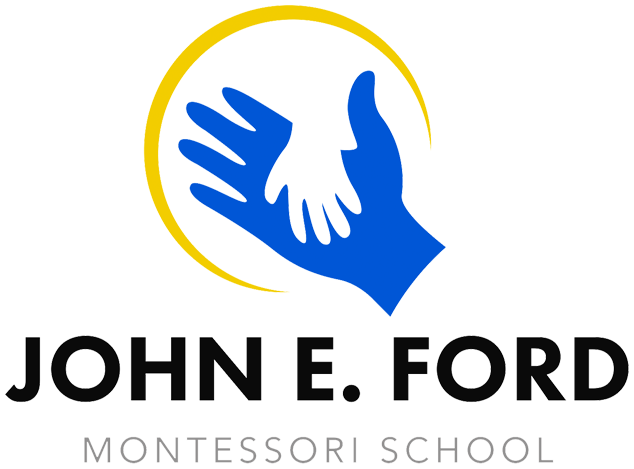
Benefits of the Montessori Method
Maria Montessori saw the need for reform in the educational system of her day, just as we see the same need for reform in our educational system today. Her goal was to develop the whole personality of the child, and her system is based on a strong belief in the spontaneous working of the human intellect. Her three primary principles are observation, individual liberty, and the preparation of the environment. These principles and their various practical expressions with children are gradually becoming part of our educational system. Modern kindergarten classrooms use the child sized furniture and didactic materials first introduced by Montessori. Such current concepts as individualized learning, upgraded classes, combined age groups, team teaching, and open classrooms reflect many of her early insights.
Today's parents of young children want to feel safe and secure in leaving their children in an environment that provides for all of their academic, social and emotional needs. A Montessori environment does meet all of the above needs, but it also teaches children and "I can do it" attitude that will ensure their future success in all aspects of their life. Below are some characteristics of the Montessori method.
There is a three-year age span of children within the classroom. Older children teach younger children. This creates a sense of community and builds self-esteem.
Self-correcting materials are used within the environment. Children learn through their own errors to make the correct decision versus having the teacher point it out to them.
Individual learning takes place within the environment. The Montessori method recognizes that each child learns at a different pace. It allows that growth to occur.
Children are quiet by choice and out of respect for others within the environment. The Montessori classroom allows children to return to the "inner peace" that is a natural part of their personalities.
There is an emphasis on concrete learning rather than an abstract learning. Children need to experience concepts in concrete "hands on" ways, and Montessori method embraces this type of learning.
It is a child-centered environment. All the materials are easily within the child's reach, placed on shelves at their levels. The tables and chairs are small enough for the children to sit comfortably while the pictures and decorations are placed at the children's eye level.
The children work for the joy of working and the sense of discovery. Children are natural leaders or "sponges" and delight in learning new tasks. Their interests lie in the work itself rather than in the end product.
The environment provides a natural sense of discipline. The "ground rules" or expectations of the child are clearly stated by the teachers. They are enforced by both the children and the teachers.
The environment is "prepared" for the children. Everything in the room has a specific place on the shelf. Children are orderly by nature and having the room set this way allows them to grow in a very positive way.
The teacher plays a very unobtrusive role in the classroom. The children are not motivated by the teacher, but by the need for self-development
